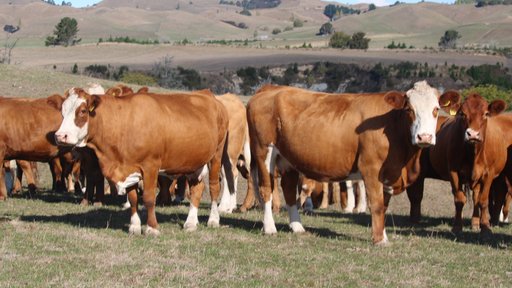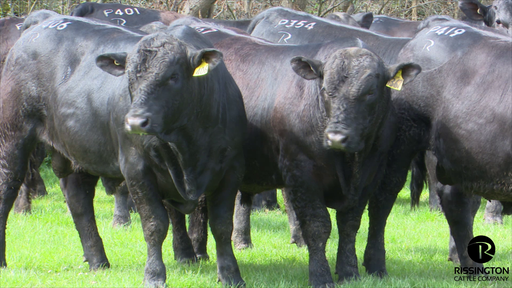Enteric methane emissions and urinary nitrogen excretion from cattle are two of the major contributors to the environmental impact of agriculture in New Zealand. It is extremely difficult to measure and assess actual emissions and excretion from cattle in pasture-based systems. Therefore, a modelling methodology has been used to quantify the expected emissions and excretion.
How does this model work?
The modelling uses six traits per bull to estimate the expected levels of meat yield, growth rates, and feed intake. These traits are outputs of the Leachman multi-breed evaluation (see page 2 of the beef section). They are:
- Birth weight
- Weaning weight
- Yearling weight
- Mature weight
- Feed intake
- Retail product yield
The model’s calculations for energy requirements, partitioning, and emissions are based on the ‘Methodology for calculation of New Zealand’s agricultural greenhouse gas emissions’ (the inventory)*. An understanding of an animal’s energy requirements was used to estimate dry matter intake, from which emissions and excretion were calculated. In the inventory, energy requirements refers to the amount of energy needed for an animal to survive (maintenance), and for liveweight gain (production). The inventory model currently assumes the animals energy requirements are met by a pasture-only diet with no supplementary feed use.
*Ministry for Primary Industries (2020). Methodology for calculation of New Zealands's agricultural greenhouse gas emissions.
Reference base population
The 2021 reference population is represented by a subset of over 2,000 Leachman-evaluated animals born from 2017 to 2020. The beef bulls are rated on their emission and excretion values per kg of meat relative to this reference population.
Ranking system
The ranking system is from 10 to 1 with 10 being the best (lowest environmental impact per kg meat product) and 1 being the poorest ranking (highest environmental impact per kg meat product).




